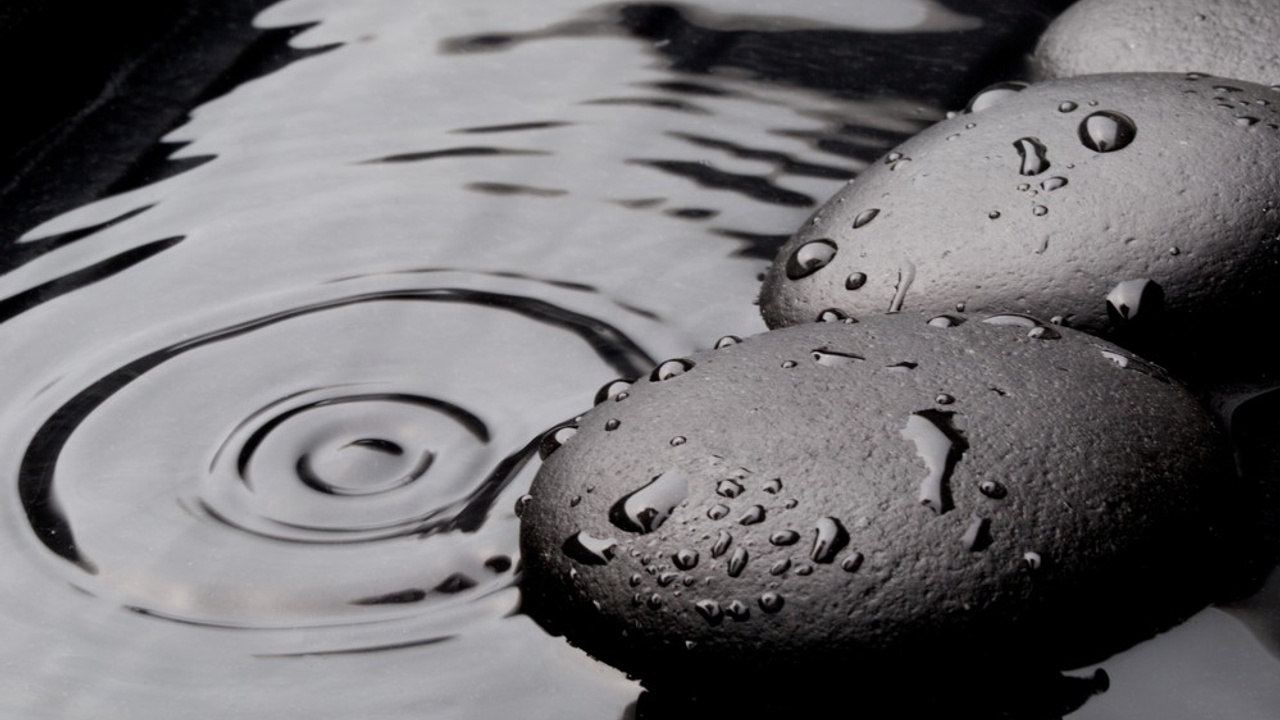What is reflective language teaching?
Sep 22, 2021
By Dr Jeremy Koay
A limited view
If language learning is likened to a chemistry experiment, there is probably no room for teacher reflection, as chemical reactions are mostly predictable within controlled environments. However, human behaviour and human interactions are different from chemical reactions. Due to the complexity of human beings, it would be too ambitious to come up with a one-size-fit-all formula for learning. In order to adapt to an ever-changing environment, reflection and self-awareness are necessary.
A holistic view
Teacher reflection involves thinking critically about one’s assumptions, experience, teaching philosophy and worldview; and this reflection is essential for every teacher to improve and develop (Pennington, 1995). This willingness to change approach is necessary because, unlike a production line, classroom interaction is dynamic and every learner has unique experiences and needs. Such reflection allows teachers to evaluate their classroom practice, paying attention to what went well or less well, why students responded in a certain way, why I responded in the way I did, the possible causes of any issues or ineffective teaching strategies, and what could be done differently in the future. In short, a reflecting teacher is a growing teacher.
Time constraints are often cited as the reason for failing to reflect on classroom teaching. It is certainly true that most teachers are very busy, but reflection does not have to take a long time. I suggest that teachers spend 10 minutes a day on this activity. Reflection can happen in the bus on the way home from school, when doing the dishes, or when taking a shower.
Theory and practice
Some of the tools that promote reflective teaching include teaching journals, peer-observation and recordings of a lesson (Richards & Lockhart, 1996).
In a teaching journal, teachers record events and ideas that they can reflect on later. This action in itself draws teachers’ attention to their classroom practice, and thus promotes teacher reflection. To encourage a community of teachers to reflect, teachers can meet informally to share and discuss what they have written in their journals.
Peer-observation involves a colleague being present in the classroom. The observer usually takes notes and writes thoughts and ideas. This method is particularly effective because it provides a different and fresh perspective on what may have been taken for granted. However, this method requires a high level of trust among the teachers.
Recording a lesson is probably the least common method, partly because getting consent from students is obligatory in some countries. Also, setting up a video camera may cause some students and teachers to feel uncomfortable.
References
Pennington, M.C. (1995). The teacher change cycle. TESOL Quarterly, 29(4), 705-731.
Richards, J.C. & Lockhart, C. (1996). Reflective teaching in second language classrooms. New York: Cambridge University Press.
Dr Jeremy Koay is a New Zealand-based independent researcher and an education consultant at EduMaxi. He obtained his PhD in Applied Linguistics from Victoria University of Wellington in 2015. His research interests include Discourse Analysis, Genre Analysis and TESOL.
Image source: shutterstock.com/vetre

